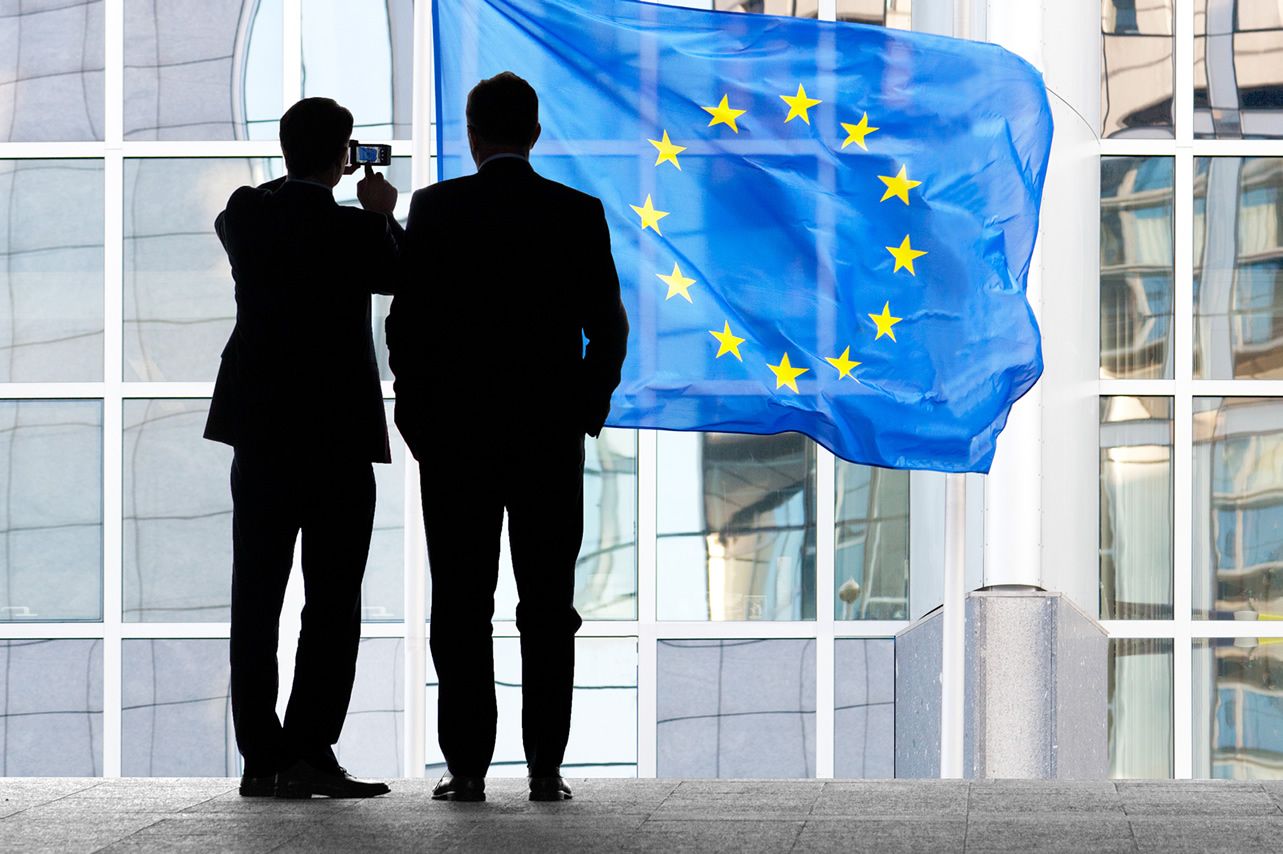The Euro Shrugs at Inflation Pickup as Concern about Economic Outlook Weighs
- Written by: James Skinner

Image © Adobe Images
- Euro remains on back foot despite October's inflation pickup.
- CPI rises to 2.2% as core-CPI hits 1.1% but it's not enough.
- Deteriorating growth outlook may see price pressures retreat.
The Euro shrugged off an anticipated pickup in inflation during October, remaining on its back foot in the mid-week session, as global factors and concerns about a darkening economic outlook weighed on the single currency.
Inflation rose at an annualised pace of 2.2% during October, up from 2.1% in September and in line with the consensus forecast, which leaves the consumer price index above the European Central Bank (ECB) target of "close to but below 2%" for a fifth consecutive month.
Core inflation, which removes volatile commodity items from the goods basket and so is thought to provide a better reflection of domestically generated price pressures, posted an 20 basis point increase to 1.1%. This was also in line with market expectations.
Rising prices of energy goods, alongside food, alcohol and tobacco were the main contributors to the increase in inflation. However, services industries and manufacturers of non-energy industrial goods also saw price increases during the current month.
"Both headline and core inflation increased in October, but underlying inflation is still moving at a slow pace. With economic conditions weakening in the eurozone, worries about the ECB being behind the curve are far-fetched," says Bert Colijn, an economist at ING Group.
Although the headline measure of inflation is now above the European Central Bank (ECB) target, the core inflation rate remains a long way below the 2% level. And given this is seen as more representative of domestically generated price pressures, the European Central Bank's job of stoking a sustainable return of inflation toward the target is not yet done.
Recent data has shown the Eurozone economy slowing during the third-quarter, with GDP growth falling from 0.4% to 0.2% during the three months ending in September. A downturn in the German manufacturing sector has led the way.
Some economists say this was likely driven by temporary factors, although it's still to early to say that for certain. And if the slowdown is not temporary, then domestic inflation pressures could recede further in 2019.
"Mario Draghi brushed off weaker economic data as still being in line with broad-based economic expansion at the latest press conference. It looks like the ECB needs some more positive news to maintain that position ahead of the December meeting. Still, the ECB seems rather determined to end QE in December, but the path towards rate normalisation for 2019 will be much debated as uncertainty about the outlook has increased," Colijn adds.
Currency markets care about the inflation data because consumer price pressure have a direct bearing on the interest rate and other monetary policy decisions of the European Central Bank, and it is changes in rates themselves that are the raison d'être for most moves in exchange rates.
Changes in interest rates are only made in response to movements in inflation but impact currencies because of the push and pull influence they have on international capital flows and their allure for short-term speculators
"We still think the ECB is being too optimistic in its core inflation forecasts for next year, but this probably doesn’t mean much for the overall policy path. Unless the sky falls in, rates will slowly begin to rise in the latter part of next year, even if the core rate remains well off 2%, especially if the headline rate stays elevated," say Claus Vistesen, chief Eurozone economist at Pantheon Macroeconomics.
The European Central Bank has been fighting against below-target inflation and weakening price pressures ever since the middle of 2012, around the time the Eurozone debt crisis began to dissipate.
Eurozone CPI fell from 2.7% in September 2012 to a low of -0.6% in January 2015. It has since risen back to 2% on a number of occasions, only to go once again into retreat soon after. Core inflation, the truer measure of domestic price pressures, has never made it above 1.2% in all that time.
Last week the ECB said the bloc's economic pulse has weakened of late but that the slowdown has not been sufficient enough for it to alter the outlook or the ECB's policy intentions.
The central bank says it will end its quantitative easing programme this year and begin raising interest rates once "through the summer of 2019".
This is important for the Euro because the single currency's appeal to investors is hinged largely upon expectations these pledges will be met.
"We still see the ECB ending its asset purchases in December and we do not expect the recent slowdown in activity to cause it to alter its guidance that interest rates will start to rise after summer 2019," says Jennifer McKeown, chief Eurozone economist at Capital Economics.
The Euro-to-Dollar rate was quoted 0.08% lower at 1.1336 following the report, after extending an earlier 0.03% loss, and is now down by 5.5% for 2018.
The Euro-to-Pound rate was 0.32% lower at 0.8898, making for a Pound-to-Euro rate of 1.1235, and has now risen 0.4% for 2018.
Advertisement
Bank-beating exchange rates! Get up to 5% more foreign exchange by using a specialist provider to get closer to the real market rate and avoid the gaping spreads charged by your bank when providing currency. Learn more here




